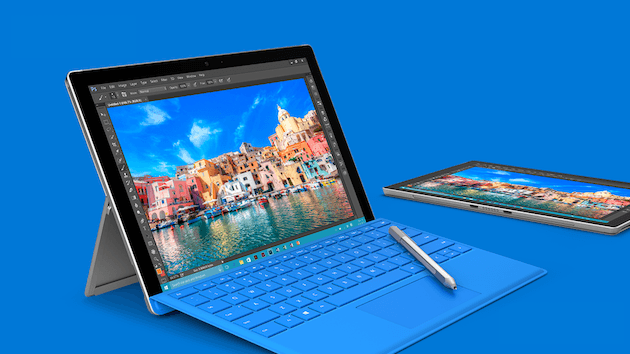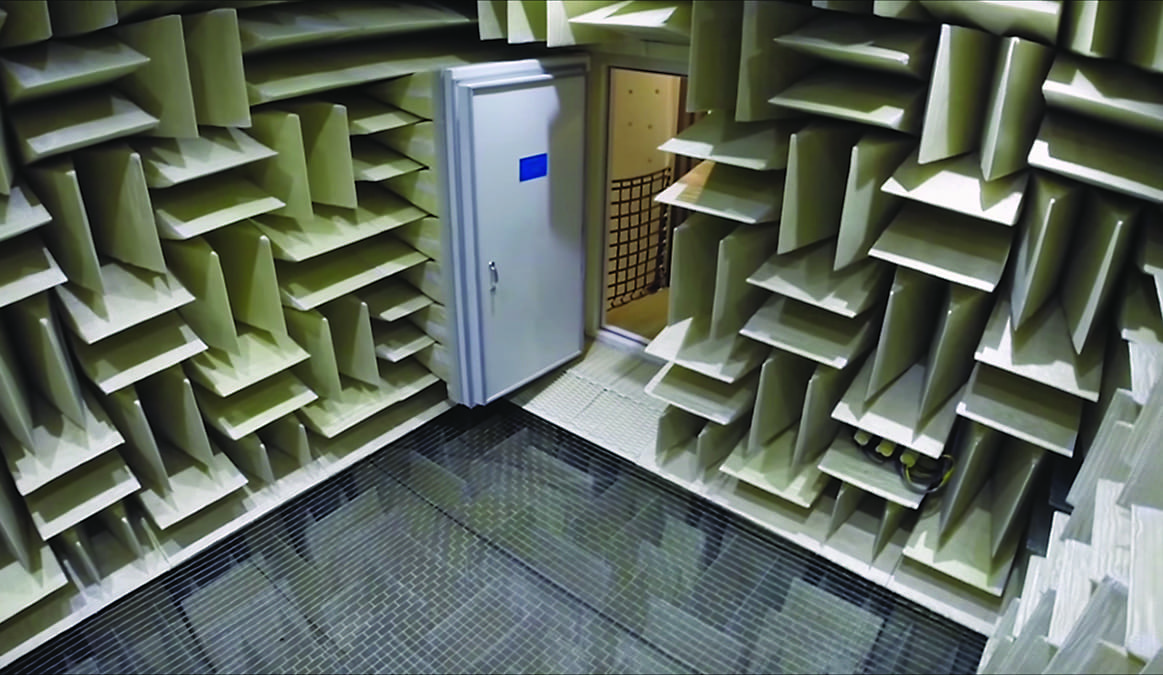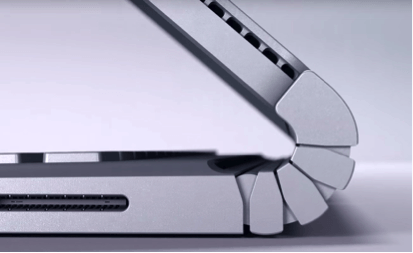
So I’m standing inside the quietest room in the world, only it’s not so quiet.
It is not the second most quiet room in the world, but actually, according to the Guinness World Records folks, this foam-encased, futuristic, baffled room is the No. 1 quietest place on Earth.
You see, I was recently invited to a two-day insiders tour of the Microsoft campus with six other “small business influencers” and the thing about us is, well, we’re not a very quiet bunch. Lots of opinions, we have. So even though we are in this otherworldly cone of silence (where Microsoft tests the audio of various devices on the drawing board), we were unable to stop kibitzing long enough to actually find out what a room so quiet that it can mimic the sound of atoms in space sounds (or doesn’t sound) like.
Rambunctiousness aside, the tour of Microsoft was fascinating, revealing. I have worked with Microsoft on and off for a decade now. I have always found the company to be a great mix of big business, hard work, drive, creativity, and commitment.
There are a lot of very impressive things about Microsoft these days under the leadership of Satya Nadella, but one of the most striking is that the company seems to be making a concerted pivot to get back to its techy, startup roots. There is clearly a mindset for innovation and growth here now, resulting and a slew of products that proved to be as elegant as they are functional, with the company often making, not just the software, but the hardware too. The products I saw coming down the pike were damn impressive, and the culture creating those products equally so. This is a new Microsoft.
Let me share several takeaways and insights from my two days of product demonstrations and discussions with the people who are making the devices and products that will be in your home and office a few years from now:
You will soon be interacting with your computer in new ways: The Star Trek era where you will be speaking with your computer is not far off.
For instance, one demonstration showed a computer recognizing someone via a retina scan. There was no password to type in, no thumb print to scan; all you need do is get in front of your computer and it will unlock, knowing it’s you from a scan of your eye.
Or what about this idea of just talking to the computer? Probably my favorite demonstration was of something called Skype Translator. Rico Malvor, Microsoft Chief Scientist, made a call from Redmond to France using Skype for Business. Then, in real time using natural language, Rico and his French-speaking counterpart had a conversation, each literally speaking the other’s language.
Virtual reality won’t just be an expensive toy: A Microsoft product called HoloLens is going to bring 3-D technology to you in the near future. Most of us think of 3-D technology as a gamer tool that looks to be pretty expensive. But check this out:
HoloLens is already being used by NASA to help astronauts “walk” around Mars and map the red planet. Case Western Reserve University is using the technology to replace its cadaver room, allowing students to do virtual autopsies.
Imagine the possibilities.
The Surface line of products are cool: I have and love my Surface Pro 3. The little tablet that can do double-duty as a laptop is affordable, very useful, and fun. But apparently that’s just the start:
- The Surface Pro 4 builds on its predecessor. It’s lighter, with a better screen, is more powerful, runs Windows 10 and Office perfectly, has a better keyboard system, and also has a pen that allows you to write on the screen.
- The Surface Book was really amazing. Imagine your laptop with, not only a detachable screen that becomes a tablet, but a fully rotating fulcrum hinge that allows the screen to bend all the way backwards and attach to the back, or be removed and attached facing the other way (great for demonstrations, for instance.) That’s the Surface Book.
- The Surface Hub is a giant, collaborative touch pad. Think big screen TV doubling as an interactive whiteboard or tablet. As PC Magazine puts it, “Imagine a Surface tablet, exploded into something that dwarfs you as you stand beside it. Add in a pair of cameras, superb digital inking, and collaboration features. That’s the Microsoft Surface Hub.”
So yes, it really did seem that the new Microsoft is making the personal computer a lot more personal these days and reinventing productivity and connectivity in the process.











